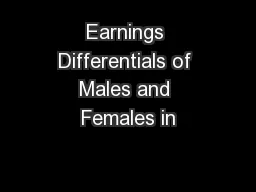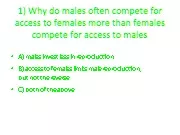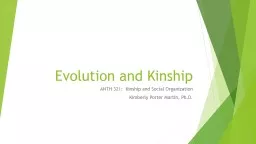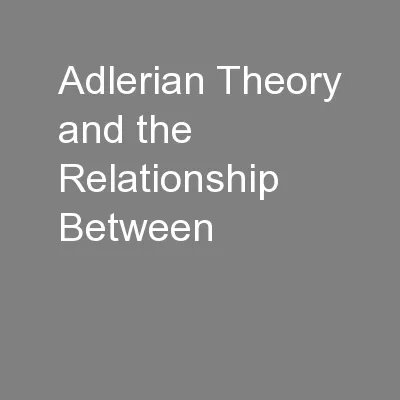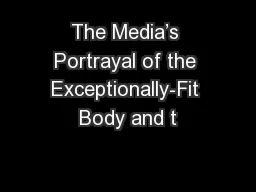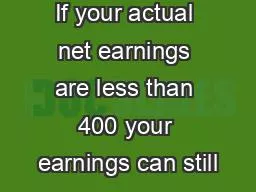PPT-Earnings Differentials of Males and Females in
Author : cheryl-pisano | Published Date : 2016-04-26
Samesex and Differentsex Couples in Canada 20062010 Richard E Mueller Department of Economics Introduction Gays and lesbians have been able to marry legally
Presentation Embed Code
Download Presentation
Download Presentation The PPT/PDF document "Earnings Differentials of Males and Fema..." is the property of its rightful owner. Permission is granted to download and print the materials on this website for personal, non-commercial use only, and to display it on your personal computer provided you do not modify the materials and that you retain all copyright notices contained in the materials. By downloading content from our website, you accept the terms of this agreement.
Earnings Differentials of Males and Females in: Transcript
Download Rules Of Document
"Earnings Differentials of Males and Females in"The content belongs to its owner. You may download and print it for personal use, without modification, and keep all copyright notices. By downloading, you agree to these terms.
Related Documents

